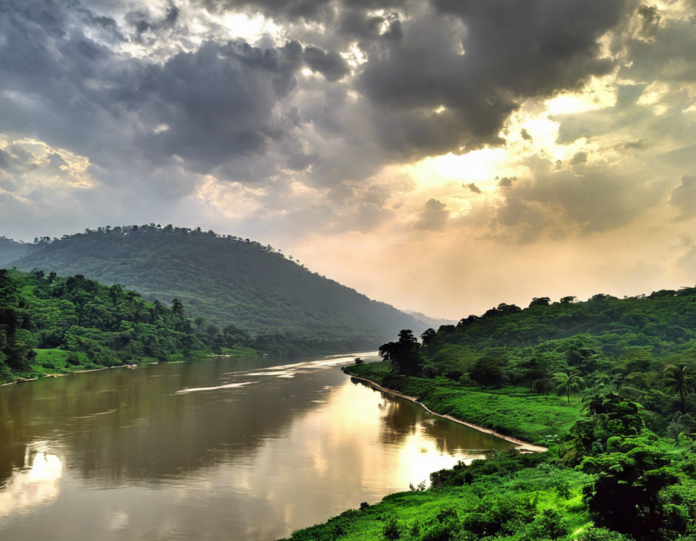Nestled in the southern part of India is the Kaveri River, a serene oasis that is not only one of the most important rivers in the region but also holds tremendous historical, cultural, and ecological significance. Flowing through the states of Karnataka and Tamil Nadu, the Kaveri River is a lifeline for millions of people who depend on its waters for agriculture, drinking water, and more.
The Origin and Course of the Kaveri River
The Kaveri River originates in the Brahmagiri Hills of the Western Ghats in Karnataka. It flows eastward through the Deccan Plateau, meandering through various landscapes before finally emptying into the Bay of Bengal. The river covers a total distance of around 800 kilometers, making it one of the longest rivers in Southern India.
Cultural and Historical Significance
The Kaveri River holds immense cultural and historical significance in the region. It is often referred to as the Ganga of the South and is considered a sacred river by the people living along its banks. The river has been mentioned in various ancient texts and scriptures, highlighting its importance in Indian mythology and folklore.
Biodiversity and Ecosystems
The Kaveri River basin is home to a diverse range of flora and fauna. The fertile soils and abundant water supply support lush vegetation along the banks of the river. The river basin is also a crucial habitat for various species of birds, fish, and other wildlife, making it a hotspot for biodiversity in the region.
Water Resource Management
The Kaveri River has been a source of water conflict between the states of Karnataka and Tamil Nadu for many years. With increasing demands for water due to agriculture, urbanization, and industrialization, effective water resource management has become essential to ensure sustainable use of the river’s resources while also preserving its ecological integrity.
Tourism and Recreation
Apart from its significance as a water resource, the Kaveri River also attracts tourists and nature enthusiasts from far and wide. The picturesque landscapes along the river, including waterfalls, lush forests, and historic temples, offer a serene retreat for those looking to connect with nature and explore the cultural heritage of the region.
Conservation Efforts
In recent years, there have been concerted efforts to conserve and protect the Kaveri River and its surrounding ecosystems. Various organizations, government agencies, and local communities have come together to implement conservation projects, restore riparian habitats, and raise awareness about the importance of preserving this vital natural resource for future generations.
FAQs
- What is the significance of the Kaveri River in Indian culture?
-
The Kaveri River is considered sacred and is often associated with various myths and legends in Indian mythology.
-
How does the Kaveri River support local communities?
-
The river provides water for agriculture, drinking water, and various livelihood activities for millions of people living along its banks.
-
What are the major threats to the Kaveri River ecosystem?
-
Pollution, deforestation, over-extraction of water, and climate change are some of the major threats facing the Kaveri River ecosystem.
-
Are there any ecotourism opportunities along the Kaveri River?
-
Yes, there are several ecotourism options available, including boat rides, bird watching, nature treks, and visits to historical sites.
-
How can individuals contribute to the conservation of the Kaveri River?
- Individuals can contribute by reducing water wastage, promoting sustainable agricultural practices, participating in clean-up drives, and supporting local conservation initiatives.
In conclusion, the Kaveri River stands as a testament to the rich natural and cultural heritage of Southern India. As we continue to navigate the challenges of managing water resources and conserving our ecosystems, the Kaveri River serves as a gentle reminder of the importance of balancing development with environmental preservation for a sustainable future.
